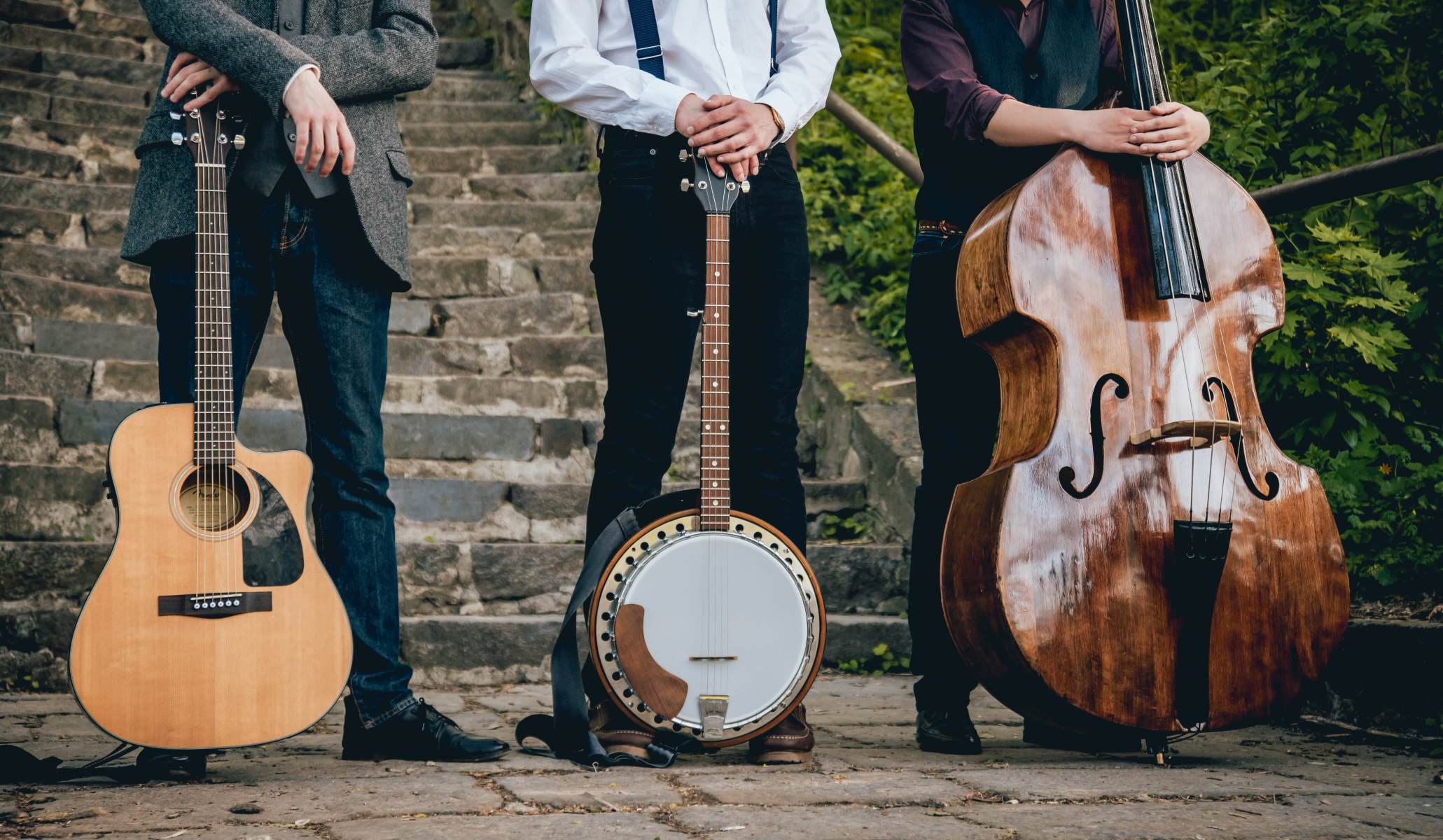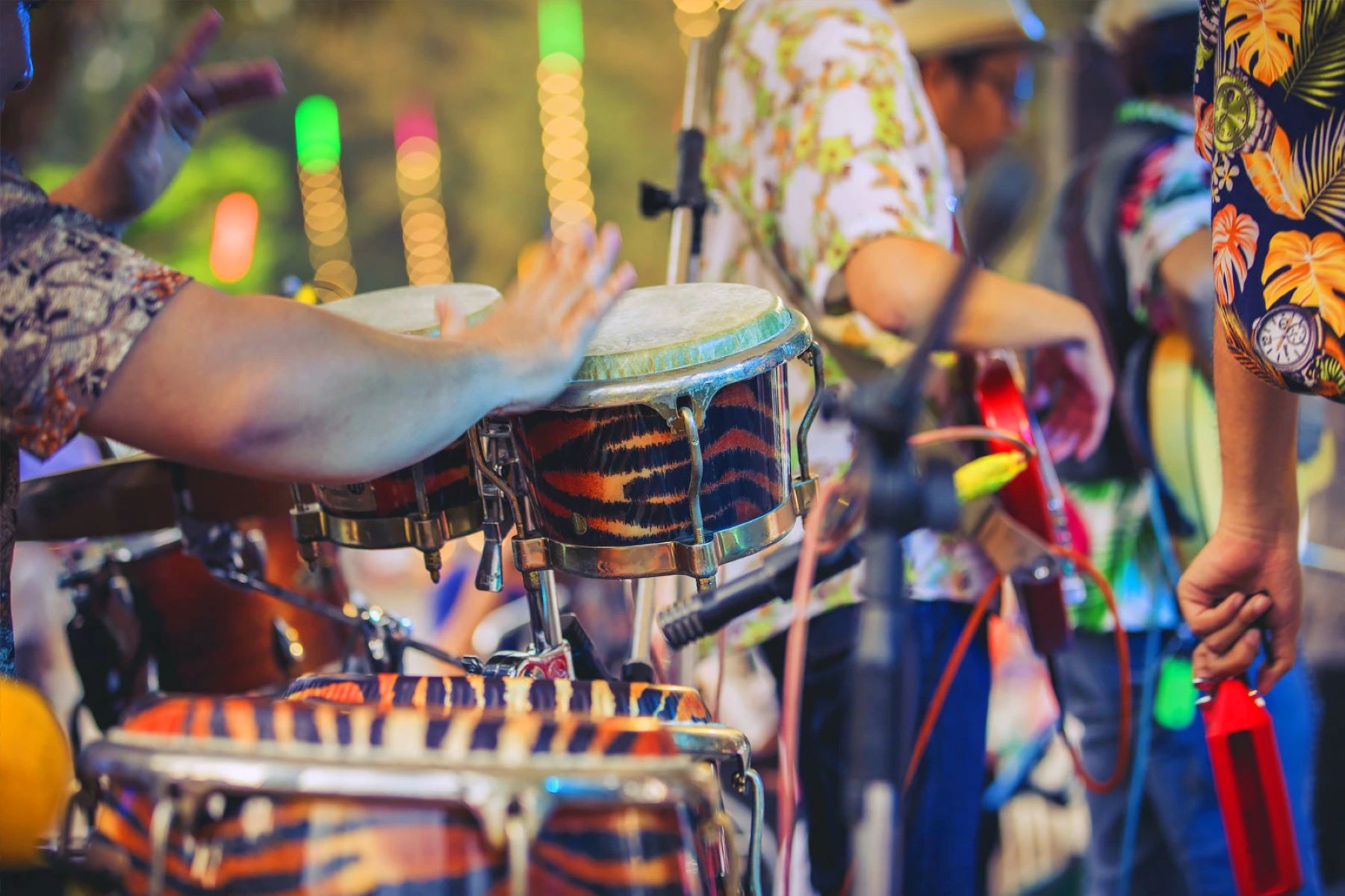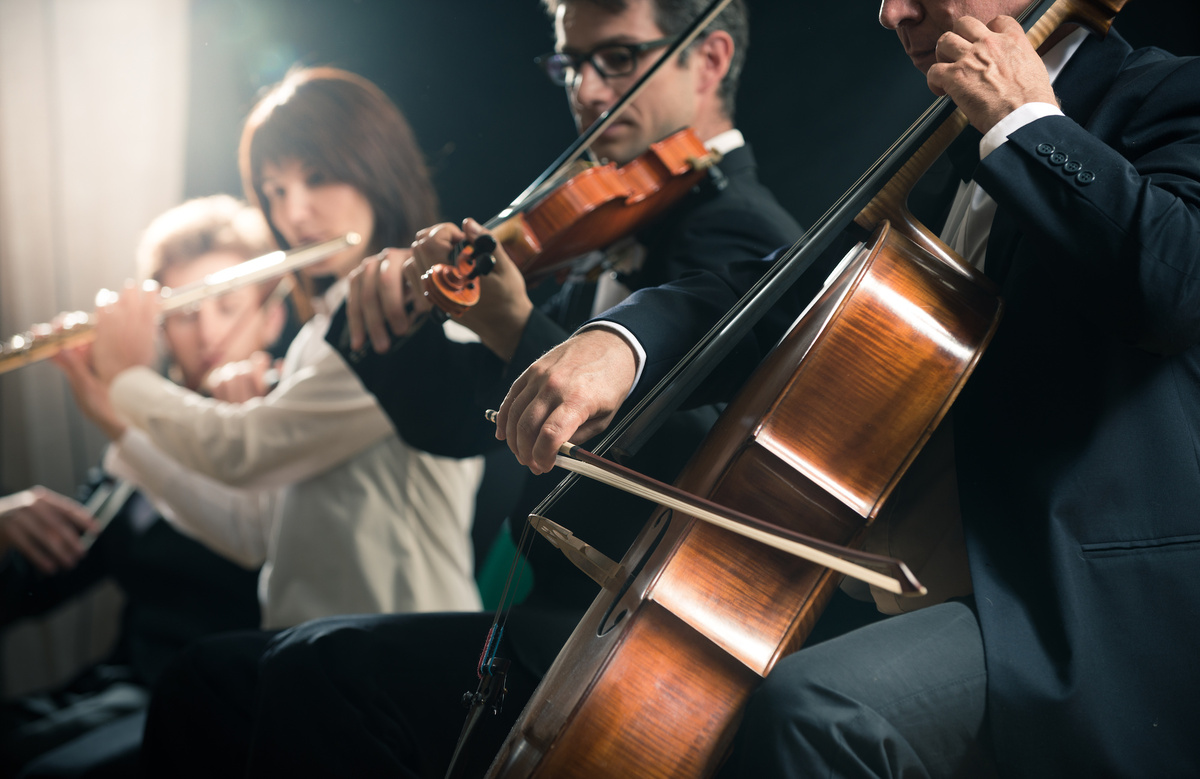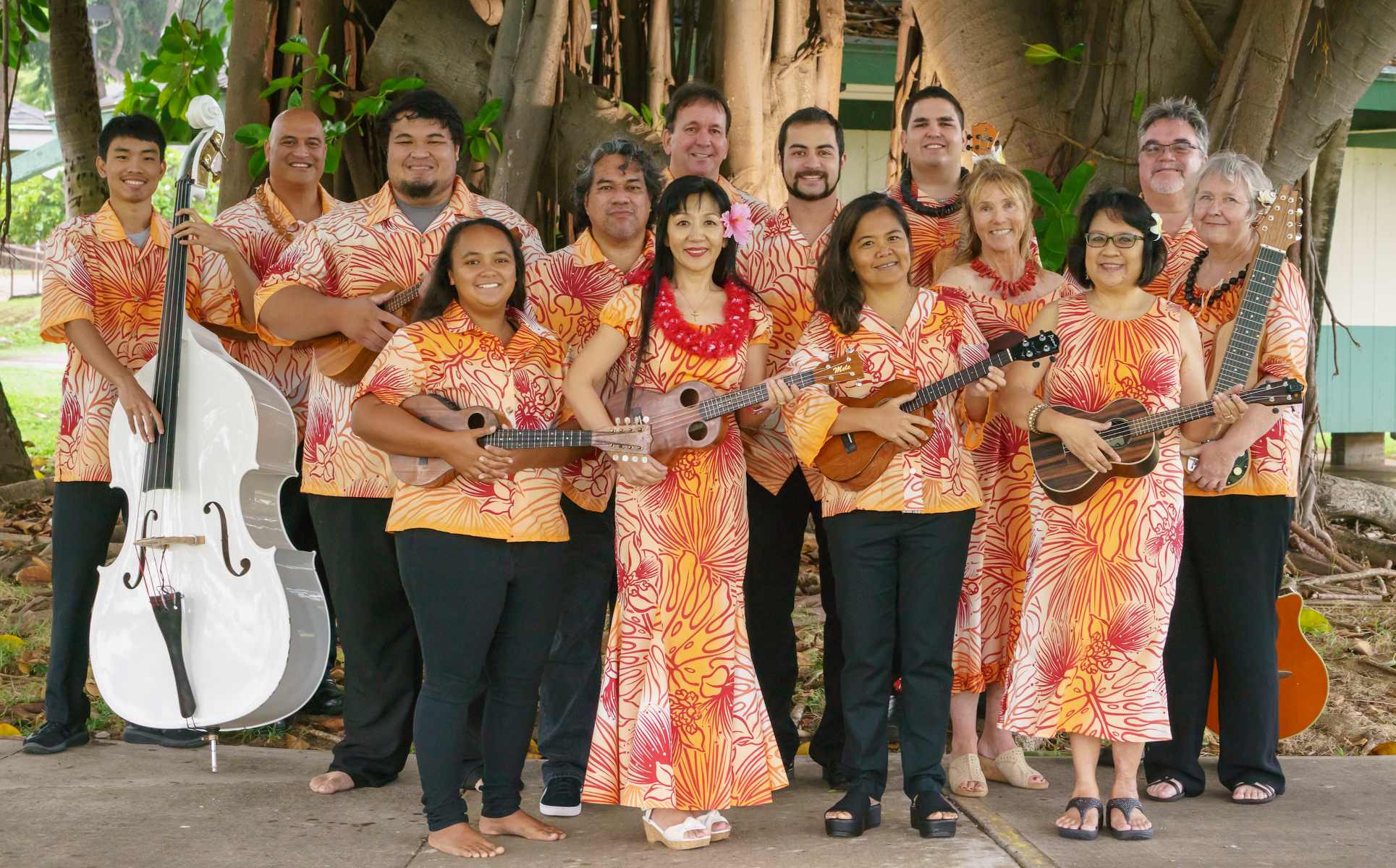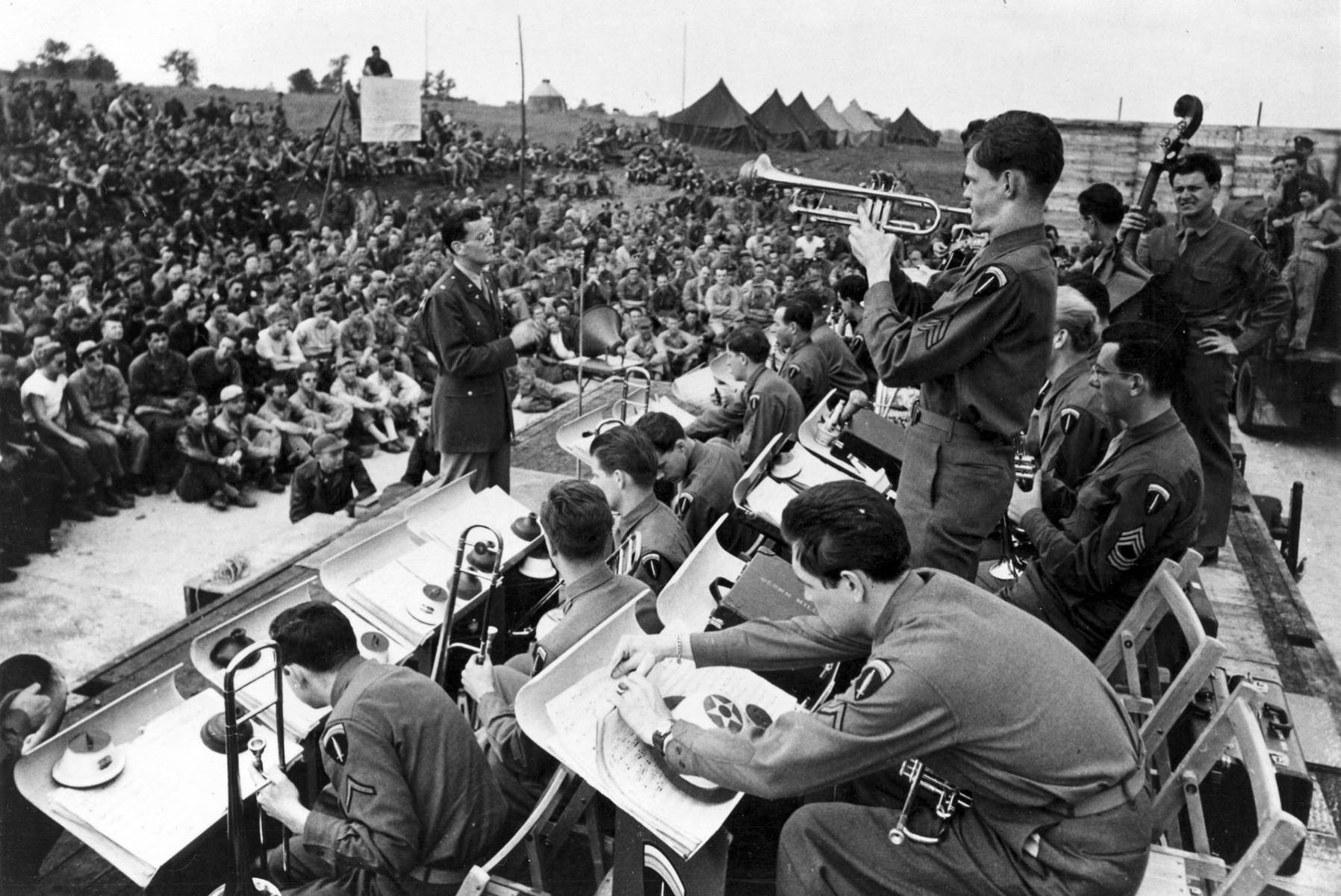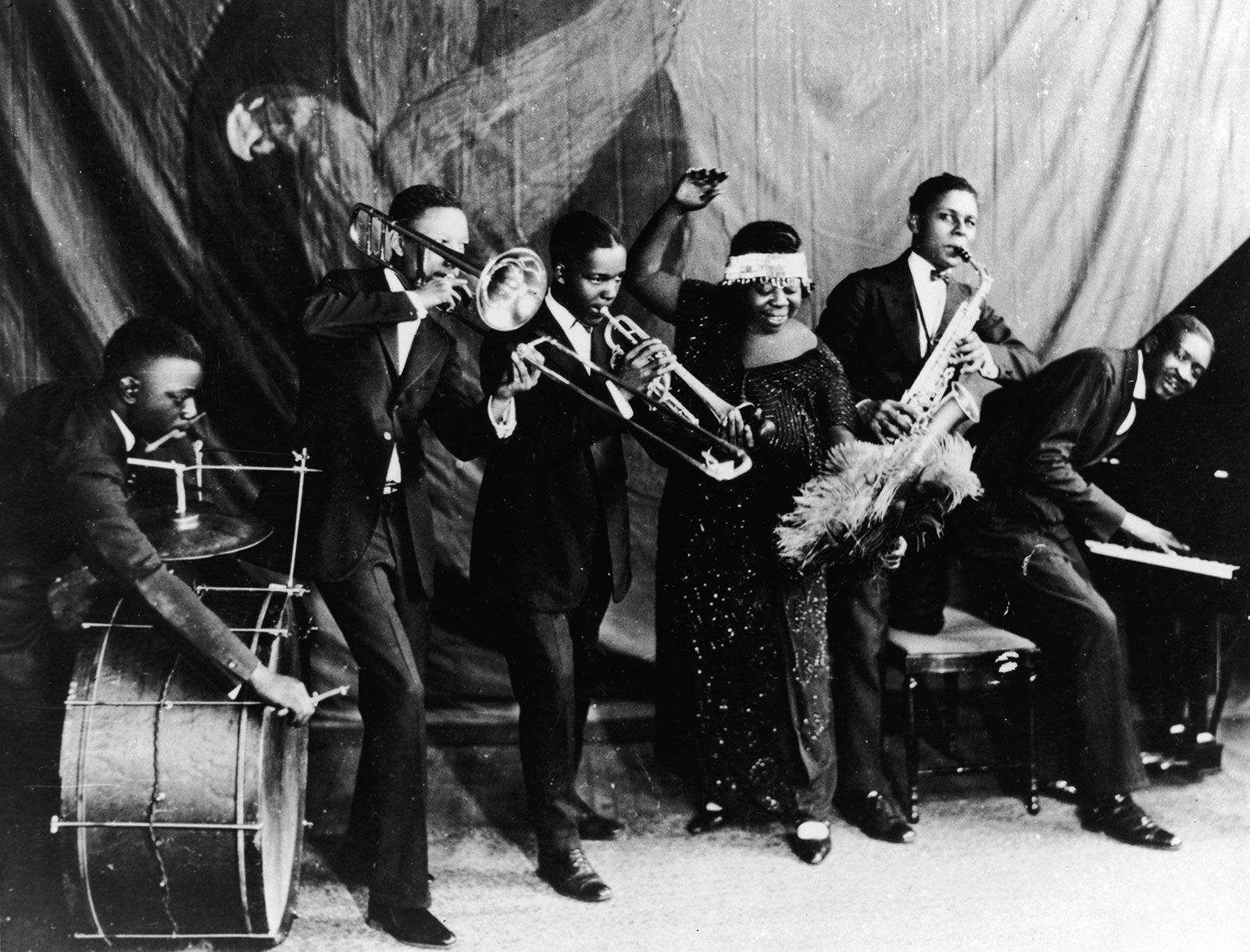

Jazz
What Genres Influenced Jazz
Modified: February 24, 2024
Discover the diverse influences that shaped the rich sound of Jazz, from African rhythms to European classical music, in this exploration of genre fusion.
(Many of the links in this article redirect to a specific reviewed product. Your purchase of these products through affiliate links helps to generate commission for AudioLover.com, at no extra cost. Learn more)
Table of Contents
Introduction
Jazz, known for its improvisation, syncopation, and rhythmic complexity, is a uniquely American art form that has captivated audiences around the world for over a century. While jazz has evolved and branched out into various subgenres, its roots can be traced back to a rich tapestry of musical influences. These influences range from African rhythms brought over by enslaved African-Americans to European classical music and everything in between.
What sets jazz apart from other genres is its ability to absorb, reinterpret, and synthesize these diverse musical traditions, giving birth to new and groundbreaking sounds. Through this process, jazz has not only served as a reflection of cultural exchange but has also acted as a catalyst for social change.
In this article, we will explore the genres that have had a profound impact on the development of jazz. From the early African American musical traditions to the fusion of jazz and rock, each genre has left its mark on the evolution of this vibrant and ever-evolving art form.
Early African American Musical Traditions
At the heart of jazz lies the rhythmic foundation and improvisational spirit rooted in African music. Enslaved Africans brought their musical traditions to America, forming the basis of the early African American musical expressions that would later influence jazz.
These traditions included work songs, field hollers, and ring shouts, punctuated by call-and-response patterns and syncopated rhythms. The communal aspect of African music, where everyone participated through singing, clapping, and dancing, deeply influenced the collective improvisation that became a hallmark of jazz.
Another significant musical influence was the spirituals, which grew out of the African American experience during slavery. Spirituals served as a source of solace, strength, and hope within the oppressive environment. These songs were deeply rooted in African melodic and rhythmic elements, and their emotional intensity and expressive qualities would later find their way into the melodic and improvisational aspects of jazz.
Lastly, the blues, with its origins in African and African American musical traditions, played a crucial role in shaping jazz. The blues, characterized by its distinctive vocal expression, repetitive structure, and expressive lyrics, resonated deeply with African Americans who faced ongoing hardships and injustices. The emotional depth and rawness of the blues would become an integral part of jazz improvisation and storytelling.
By blending these early African American musical traditions, jazz emerged as a unique and powerful musical genre. It was through the creative exploration of rhythm, improvisation, and communal participation that jazz artists developed a style that would eventually transform the realm of music forever.
Blues and Ragtime
The blues and ragtime are two genres that made significant contributions to the development of jazz. Both styles emerged in the late 19th and early 20th centuries and served as important precursors to the birth of jazz.
The blues, with its roots deeply embedded in African American culture, captured the essence of human emotions and experiences. It featured a distinctive twelve-bar structure and lyrical themes centered around personal hardships, love, and resilience. Artists like Bessie Smith and Robert Johnson became renowned for their soulful and heartfelt blues performances. The expressive nature of the blues heavily influenced the melodic and improvisational elements of jazz, providing a foundation for instrumentalists to convey emotional narratives through their music.
Ragtime, on the other hand, was a syncopated and lively piano style that gained popularity in the early 20th century. It was characterized by its distinctive ragged or “ragged-time” rhythms, played with a steady left-hand bass line and syncopated right-hand melodies. Scott Joplin, known as the “King of Ragtime,” was instrumental in popularizing this style through his compositions like “The Entertainer.” Ragtime’s syncopated rhythms and emphasis on solo improvisation had a profound impact on the development of jazz, helping to shape the swing feel and improvisational nature of the genre.
As jazz began to emerge as its own distinct genre, musicians began incorporating elements of both the blues and ragtime into their performances. The blues provided a foundation for expressing emotion and storytelling, while ragtime contributed to the rhythmic complexities and sense of improvisation that would become synonymous with jazz.
Blues and ragtime laid the groundwork for the development of jazz and served as vital influences in shaping the genre’s distinct characteristics. By blending the soulful expression of the blues and the rhythmic intricacies of ragtime, jazz would continue to evolve and solidify its place in the musical landscape.
Gospel and Spirituals
Gospel and spirituals are genres deeply rooted in African American religious traditions and have had a profound influence on the development of jazz. Both genres provided a powerful musical expression and became outlets for hope, resilience, and celebration within African American communities.
Spirituals were hymns and songs sung by enslaved African Americans, drawing inspiration from biblical stories and the desire for freedom. They were characterized by their poignant lyrics, melodic simplicity, and call-and-response patterns. The spirituals served as a source of comfort and strength, and their emotive qualities and improvisational nature had a lasting impact on jazz music.
Gospel music emerged in the early 20th century as a fusion of spirituals, blues, and jazz. It became associated with religious revivals and the rise of African American churches. Gospel music featured powerful vocal performances, energetic rhythms, and rich harmonies. Artists like Mahalia Jackson and Thomas A. Dorsey became instrumental figures in popularizing gospel music and bringing it to a wider audience.
Both gospel and spirituals played a significant role in shaping jazz. The call-and-response elements of spirituals found their way into jazz improvisation, with instrumentalists engaging in musical conversations and responding to each other’s phrases. The emotional intensity and expressive qualities of gospel music influenced the passionate performances of jazz vocalists, adding depth and soul to their interpretations.
Furthermore, gospel music introduced a new level of complexity to harmony and vocal arrangements. Jazz musicians drew inspiration from the rich harmonies of gospel choirs, incorporating these complex chord progressions and vocal techniques into their own performances and compositions.
The infusion of gospel and spiritual elements into jazz not only added cultural and emotional depth but also expanded the boundaries of the genre. The use of improvisation, powerful vocals, and intricate harmonies became defining features of jazz, setting it apart from other musical styles.
Today, the influence of gospel and spirituals can still be felt within the jazz genre. The connection between spirituality, emotional expression, and the power of music continues to resonate, allowing jazz to transcend boundaries and touch the hearts of audiences around the world.
New Orleans Jazz
New Orleans, often referred to as the birthplace of jazz, played a crucial role in the development and evolution of the genre. In the early 20th century, New Orleans was a melting pot of cultural and musical influences, creating a vibrant musical landscape that would give rise to what is now known as New Orleans jazz, or Dixieland jazz.
New Orleans jazz drew from a variety of musical traditions, including African rhythms, blues, ragtime, gospel, and marching band music. It combined syncopated rhythms, collective improvisation, and a strong emphasis on ensemble playing. Brass bands, such as the Original Dixieland Jass Band and the Louis Armstrong’s Hot Five, became the pioneers of this style, defining its sound and influencing generations of musicians to come.
The distinctive characteristics of New Orleans jazz included its polyphonic texture, where multiple instruments played simultaneously, often improvising different melodies. The front line typically consisted of a trumpet, clarinet, and trombone, while the rhythm section comprised piano, banjo, bass, and drums. These musicians worked together to create a lively, energetic sound that encouraged dancing and celebration.
New Orleans jazz also embraced the concept of “collective improvisation,” where each member of the ensemble contributed their own unique improvisations, weaving them together into a cohesive musical conversation. This collaborative approach to improvisation gave New Orleans jazz its distinctive communal spirit and encouraged musicians to listen and respond to one another in real-time.
The city of New Orleans itself played a significant role in shaping the music. The vibrant culture, interracial interactions, and the tradition of street parades and music festivals all contributed to the development of a thriving jazz scene. These events fostered a sense of community and provided a platform for musicians to showcase their talent and creativity.
New Orleans jazz laid the foundation for future jazz styles, including swing and bebop, and its influence can still be heard in modern jazz today. The infectious rhythms, spirited improvisation, and collective spirit continue to captivate audiences worldwide, making New Orleans jazz an integral part of the jazz narrative.
Swing and Big Band Era
The swing and big band era of the 1930s and 1940s marked a significant turning point in the evolution of jazz. It was a period of immense popularity and widespread recognition for the genre, as jazz became the dominant form of popular music during this time.
Swing music, characterized by its lively rhythms, propulsive beats, and emphasis on danceability, emerged as the defining sound of the era. Big bands, consisting of a full ensemble with multiple saxophones, brass instruments, and a rhythm section, became the vehicles for delivering this energetic and infectious music.
One of the most influential figures of the swing era was bandleader and clarinetist Benny Goodman, known as the “King of Swing.” Goodman’s band, with its tight arrangements and dynamic performances, propelled swing music into the mainstream. Other notable bandleaders, such as Duke Ellington, Count Basie, and Glenn Miller, also made significant contributions to the popularity of swing music.
The rise of the big band era brought with it a new level of orchestration and virtuosity. Trumpets, trombones, and saxophones were featured in melodic solos, while the rhythm section provided a driving pulse. The large size of the ensembles allowed for more complex arrangements, with sections of the band playing in harmony, counterpoint, and call-and-response patterns.
Swing music’s emphasis on rhythm and improvisation paved the way for a new generation of jazz musicians to showcase their individual prowess. Soloists like saxophonist Coleman Hawkins and trumpeter Louis Armstrong developed their distinctive styles within the context of big band performances, captivating audiences with their virtuosity and creativity.
The swing and big band era also opened up opportunities for African American musicians to gain recognition and establishes their careers on a national and international level. While racial segregation persisted during this time, the popularity of swing music transcended racial barriers and brought about a shift in attitudes towards interracial collaboration.
By the end of the 1940s, the popularity of swing began to wane as new styles and movements emerged. However, the influence of swing and big bands on jazz and popular music cannot be overstated. The era left a lasting legacy of energetic performances, memorable melodies, and a sense of joy that continues to resonate with audiences today.
Bebop and Cool Jazz
In the mid-1940s, a new and innovative form of jazz emerged, challenging the conventions of the swing era. Bebop, characterized by its complex harmonies, intricate melodies, and lightning-fast improvisation, represented a departure from the dance-oriented music of the past.
Bebop musicians, such as Charlie Parker, Dizzy Gillespie, Thelonious Monk, and Bud Powell, sought to push the boundaries of jazz by emphasizing individual creativity and musical complexity. They introduced rapid chord changes, unconventional harmonies, and intricate melodies, requiring a high level of technical skill and musical knowledge.
One of the key features of bebop was its focus on small-group improvisation. Musicians took turns playing solos of extended lengths, showcasing their individual virtuosity and unique musical ideas. This shift from collective improvisation in big bands to individual expression was a fundamental change in the jazz landscape.
As the 1950s rolled in, a new style known as cool jazz emerged as a reaction to the high-energy and sometimes chaotic nature of bebop. Cool jazz, also referred to as West Coast jazz, took a more relaxed and restrained approach. Artists like Miles Davis, Gerry Mulligan, and Chet Baker embraced a smoother and more melodic sound, characterized by slower tempos and a focus on intricate harmonies.
Cool jazz incorporated elements of classical music, with its lush arrangements and a greater emphasis on composition. The musicians in these ensembles showcased a refined and introspective style of playing, often featuring soft and mellow tones. The influence of cool jazz extended beyond the West Coast and had a significant impact on the direction of jazz in subsequent decades.
Both bebop and cool jazz were important movements in the evolution of jazz, signaling a shift towards greater artistic exploration and individual expression. They paved the way for future innovations in the genre, including modal jazz, free jazz, and fusion.
While the popularity of bebop and cool jazz may not have matched the mainstream success of swing or the later jazz movements, their impact on the musical landscape and the future trajectory of jazz cannot be overstated. They marked a turning point in jazz history, demonstrating the ability of the genre to constantly evolve and explore new musical territories.
Latin and Afro-Cuban Influence
The influence of Latin and Afro-Cuban music on jazz cannot be overstated. Starting in the 1940s and 1950s, jazz musicians began incorporating rhythmic and melodic elements from Latin American and Afro-Cuban traditions, creating a fusion that would reshape the genre and give rise to a new subgenre known as Latin jazz.
This infusion of Latin and Afro-Cuban influences brought a new level of rhythmic complexity, syncopation, and infectious grooves to jazz. Musicians like Dizzy Gillespie, Machito, and Tito Puente were at the forefront of this movement, blending bebop with Afro-Cuban rhythms to create a vibrant and energetic sound.
A key component of Latin jazz is the use of clave rhythm, a syncopated pattern that provides the foundation for the music. The blending of African rhythms with jazz harmonies and improvisation created a dynamic and captivating fusion. The incorporation of instruments such as congas, bongos, timbales, and the piano montuno further enriched the sound and added a distinct Latin flavor to the music.
The integration of Latin and Afro-Cuban elements also led to collaborations between jazz musicians and Cuban musicians, fostering cultural exchange and artistic growth. Artists like Chucho Valdés and Irakere transcended boundaries, bringing together the improvisation of jazz and the rhythmic intricacies of Afro-Cuban music.
Latin jazz had a significant impact on the development of other jazz subgenres as well. The influence of Latin rhythms can be seen in the boogaloo movement of the 1960s, the fusion experiments of the 1970s, and the Latin-influenced post-bop and contemporary jazz of later years.
Latin jazz continues to thrive today, with artists like Arturo Sandoval, Paquito D’Rivera, and the Afro-Cuban All Stars carrying on the tradition. This fusion of cultures and musical styles not only enriches the jazz genre but also serves as a testament to the power of music in bridging cultures and creating unity.
The Latin and Afro-Cuban influence on jazz has allowed for endless possibilities and sonic exploration, showcasing the versatility and adaptability of jazz as a truly universal art form.
Fusion and Jazz-Rock
In the late 1960s and throughout the 1970s, jazz underwent another transformative phase with the emergence of fusion, also known as jazz-rock. Fusion combined elements of jazz improvisation with the driving rhythms and electrified instruments of rock music, resulting in a genre that pushed the boundaries of traditional jazz.
Fusion was marked by the use of electric instruments such as electric guitars, electric bass, and synthesizers, which brought a new level of power and intensity to the music. Musicians like Miles Davis, Herbie Hancock, and Weather Report embraced this fusion of jazz and rock, incorporating elements of funk, R&B, and psychedelic music into their compositions.
The incorporation of rock elements into jazz opened up new avenues for experimentation and artistic expression. The rhythmic intensity and guitar-driven melodies of rock added a dynamic energy to jazz, while the improvisational nature of jazz brought a sense of spontaneity and complexity to the compositions.
Fusion also embraced technological advancements, with the use of electronic instruments and effects processing. This allowed for new sonic possibilities, creating a more expansive and futuristic sound. Artists like Chick Corea, Mahavishnu Orchestra, and Return to Forever pushed the boundaries of jazz by incorporating complex time signatures, intricate chord progressions, and virtuosic solos.
Fusion not only appealed to jazz enthusiasts but also reached a wider audience, attracting fans of rock and popular music. It was a bridge between the worlds of jazz and rock, bringing in elements of funk, Latin music, and world rhythms to create a cross-genre fusion that defied categorization.
While fusion may have faced some criticism from purists, its impact on the jazz landscape cannot be overlooked. It paved the way for subsequent genres such as smooth jazz and jazz-funk, and its influence can be heard in contemporary jazz and the work of artists like Snarky Puppy and Kamasi Washington.
Jazz-rock fusion continues to evolve and adapt to the changing musical landscape, incorporating elements from various genres to create new and innovative sounds. Its legacy as a bold and experimental movement in jazz history remains, constantly reminding us of the genre’s ability to reinvent itself and push the boundaries of musical expression.
Conclusion
Jazz is a genre that has been deeply influenced by a diverse range of musical traditions throughout its history. From the early African American musical traditions and the blues, to the fusion of Latin rhythms and the advent of jazz-rock fusion, each genre has played a significant role in shaping and evolving the jazz landscape.
The infusion of rhythmic complexity, melodic innovation, and improvisational freedom brought about by these various influenceshas allowed jazz to continually adapt and reinvent itself. Jazz has served as a reflection of cultural exchange, acting as a vehicle for social change, and providing a platform for artistic exploration and expression.
Genres such as swing and big band showcased the power of a large ensemble and the infectious energy of dance-oriented music. Bebop and cool jazz pushed the boundaries of harmonies, melodies, and individual expression. The Latin and Afro-Cuban influence added a vibrant rhythmic complexity and a fusion of cultures to the jazz genre. Fusion and jazz-rock introduced new instrumentation, sonic possibilities, and cross-genre experimentation.
Through these various genres and influences, jazz has remained a dynamic and ever-evolving art form. It has not only captured the hearts of audiences around the world but also continues to inspire future generations of musicians and listeners.
As we look to the future, jazz will undoubtedly continue to absorb and reinterpret new influences, merging musical traditions, and pushing the boundaries of what is considered jazz. It will remain a powerful expression of creativity, freedom, and cultural exchange.
Whether it’s the soulful blues, the infectious swing, the fiery improvisations of bebop, or the electrifying fusion sounds, jazz proves time and again its ability to captivate, challenge, and inspire. It is a testament to the richness and diversity of music and the enduring spirit of human creativity.

